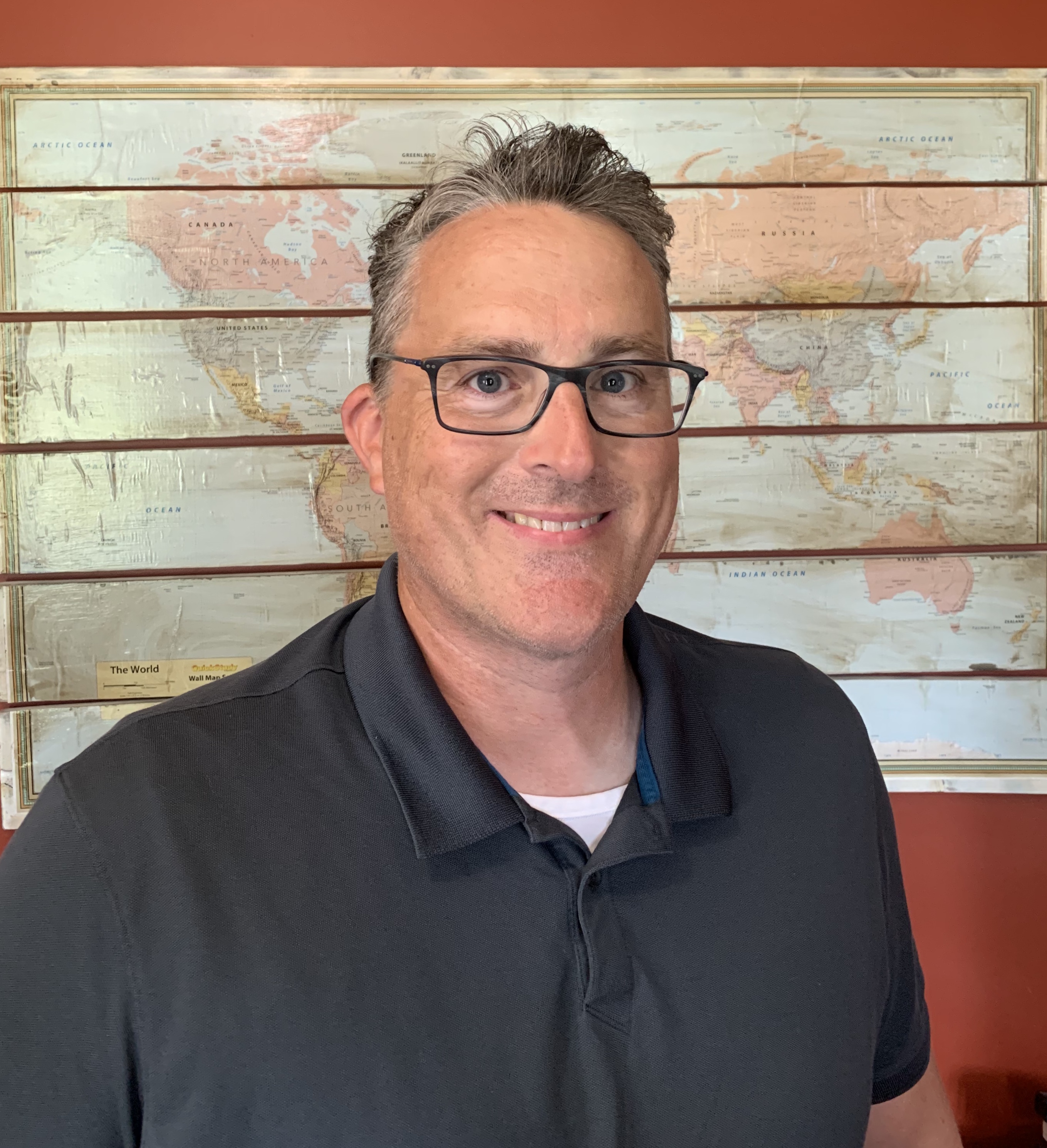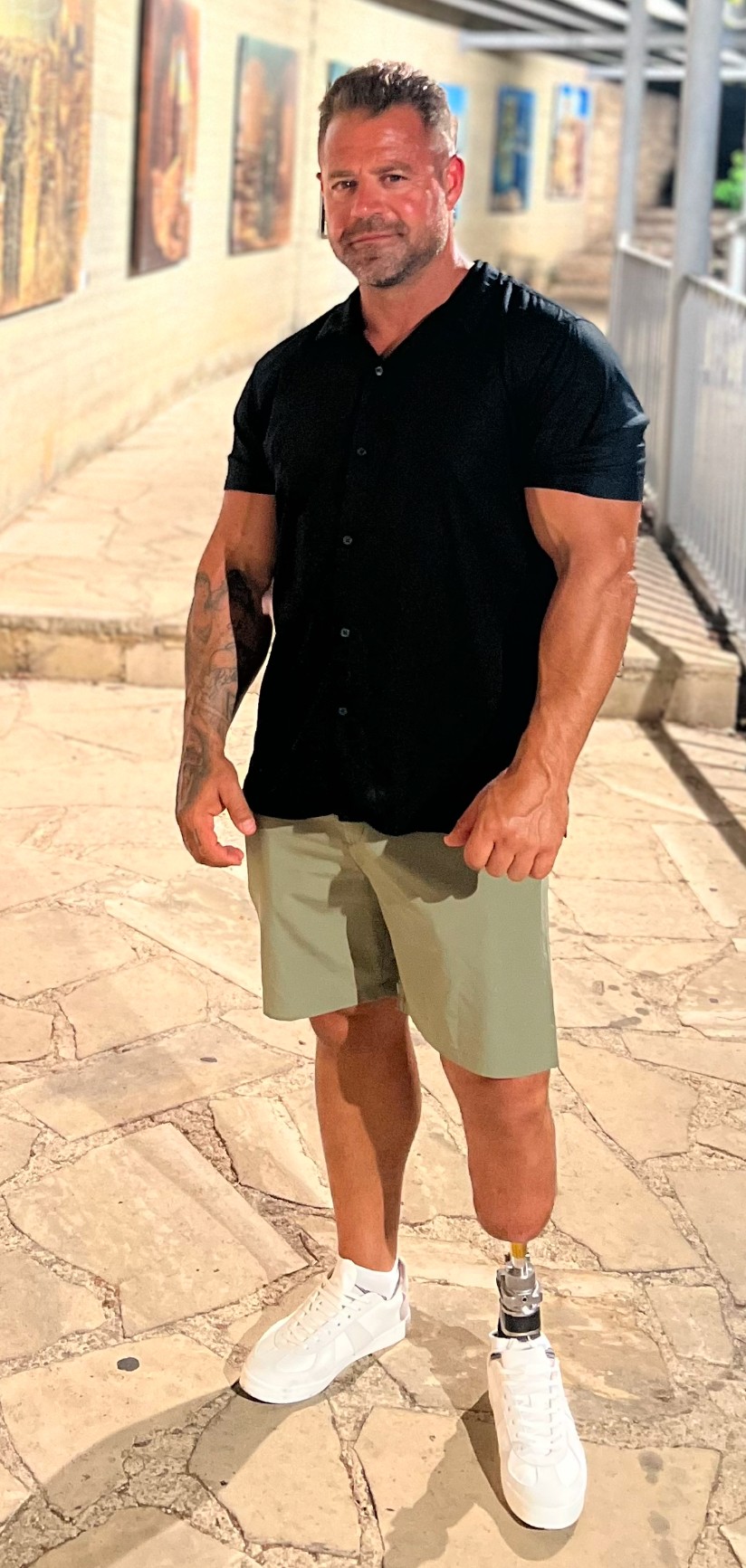Johnson, an associate professor of geography in the IU School of Liberal Arts, is working with Columbia University’s Christian Braneon and researchers at the Centers for Disease Control to develop a predictive model of COVID-19 based on the physical environment, social environment and cases of infection. They hope these predictions will provide enough lead time to give public health officials and the general public an opportunity to react to a coming surge.
One major component of their research involves an aspect of the virus that very little is known about right now: its seasonality.
“There was a lot of conjecture early on that there would be a drop in cases in the summer and a huge surge in the fall and that COVID-19 would become a seasonal issue like the flu, but that is not what we are seeing this summer,” Johnson said. “We are looking at what is happening in the meteorological signal this year – things like temperature, humidity and others we know are linked to flu season – and then comparing it to Indiana’s COVID cases by county and census tract to look for links.”
Johnson is also examining the state’s socially vulnerable communities that have been hit disproportionately hard by the virus and how their local environments play a role. Using satellite imagery, he is looking at a variety of aspects impacting these communities such as vegetation cover, how densely compacted housing is, whether a vast amount of concrete has caused increased surface temperatures, and soil moisture level in the area. That information will be augmented with non-satellite data to provide meteorological variables such as dew point and absolute humidity.
Johnson will utilize the Centers for Disease Control and Prevention’s Social Vulnerability Index, which evaluates the resilience of communities when they are faced by external threats such as COVID-19. He will use the vulnerability index together with the meteorological variables to help predict rates of infection.
“I am always interested in knowing the role the local environment plays and have studied these types of communities with extreme heat for years,” Johnson said. “Seeing COVID-19 added to the list of threats they face is just devastating.”
All of this information will be analyzed using an artificial neural network that will provide a predictive disease model. Its predictions will help identify where and when future waves will hit and how it could spread across Indiana. A publicly accessible dashboard will allow public health officials and the public to view a map of Indiana that identifies where hot spots are located relative to socially vulnerable populations and factors identified from the physical environment.
“Our hope is to ultimately build a predictive system that can give us some sort of lead time on the outbreaks and where they are going to occur, maybe within even a specific county,” Johnson said. “If that’s successful, maybe we would even consider something similar to the National Weather Service’s watch and warning system, which would identify counties under a COVID-19 watch and allow public health officials to better provide guidance for things like school closures.”
As the model learns the data, its ability to make predictions will improve in accuracy – possibly saving many lives if it helps people prepare for future surges.
While the project is initially focused on the state of Indiana, Johnson hopes to see it expand to the entire United States.
Johnson’s project, COVID-19 seasonality and relationship to social vulnerability in Indiana, is one of 17 IUPUI projects to receive funding as part of the OVCR COVID-19 Rapid Response Grant Program.
Original post https://alertarticles.info



